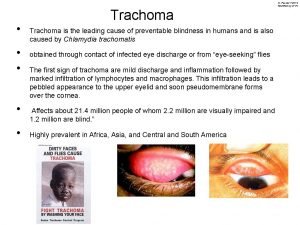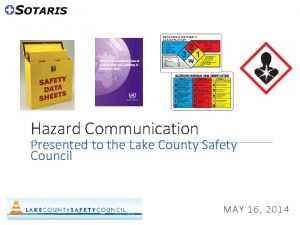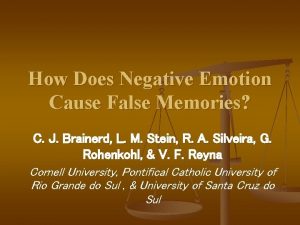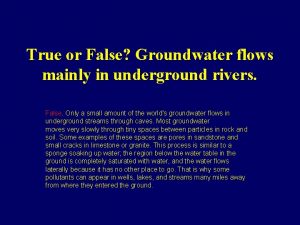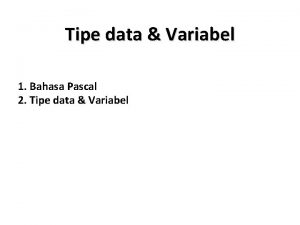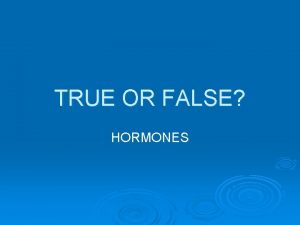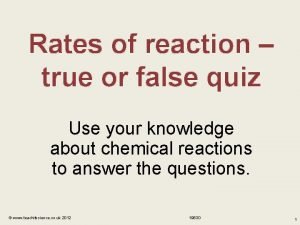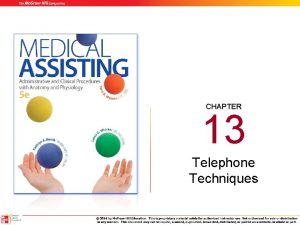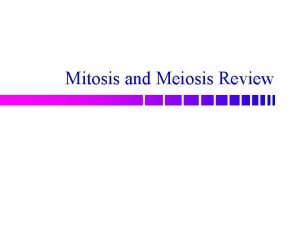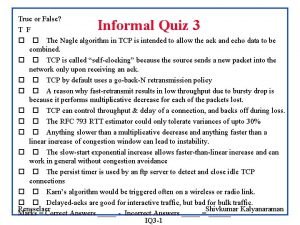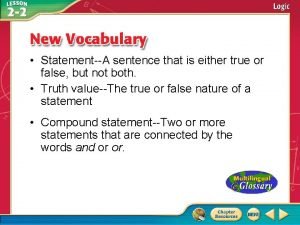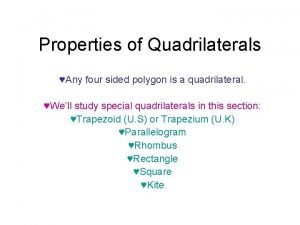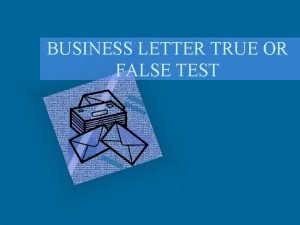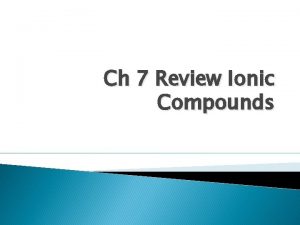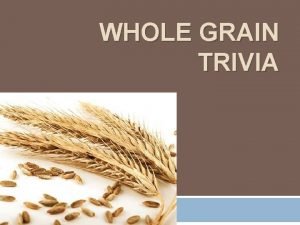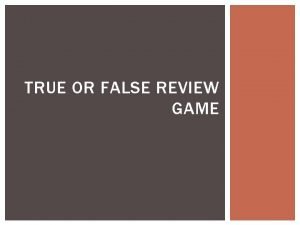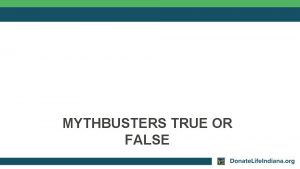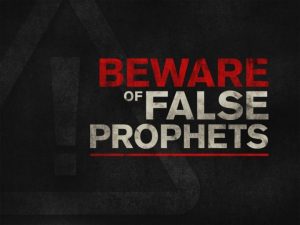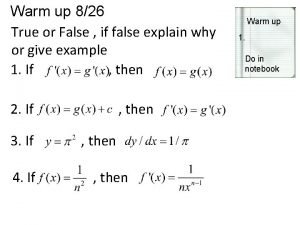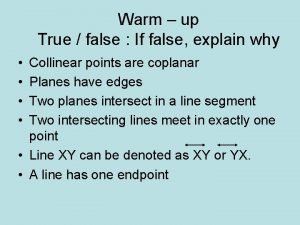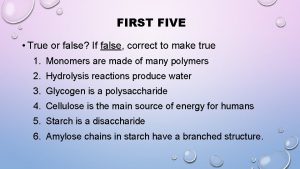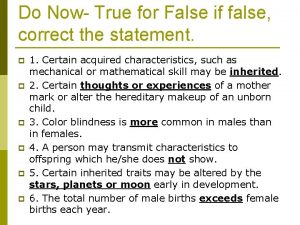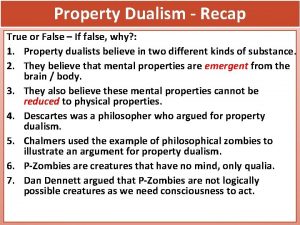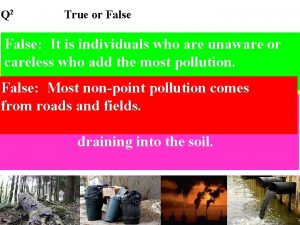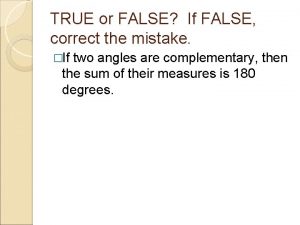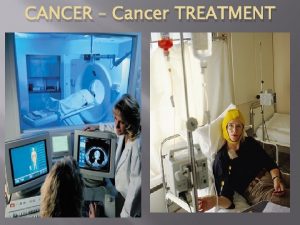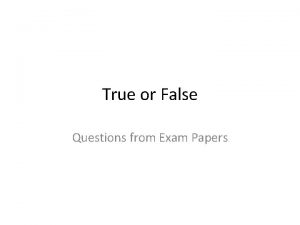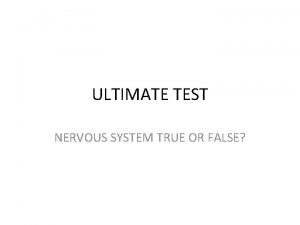True or False Cancer is the leading cause







































- Slides: 39

True or False: Cancer is the leading cause of death in people over the age of 85, with mortality rates continuing to rise.

Cancer • Cancer affects approximately 9. 6 million Americans – 1. 4 million cases annually – 570, 000 deaths annually • For persons younger than the age of 85, cancer is the leading cause of death in the United States since 1999 • Annual costs exceeding 180 billion dollars • Major efforts underway for prevention – Mortality rates continue to decrease

The most common cancer affecting men is? 1. 2. 3. 4. Prostate Lung Colorectal Liver

The most common cancer affecting women is? 1. 2. 3. 4. Breast Lung Colorectal Liver

The most common cause of cancer death in women is? 1. 2. 3. 4. Breast Lung Colorectal Liver

Cancer Incidence by Gender

Which of the following is NOT one of the six properties essential to cancer growth developed by by Hanahan and Weinberg? 1. 2. 3. 4. Self-sufficiency in growth signals Insensitivity to anti-growth signals Evading apoptosis Limited replicative potential

Cancer • Defined as abnormal cell growth • Hanahan and Weinberg Theory

Which of the following below is not considered a proto-oncogene? 1. 2. 3. 4. Ras C-abl RET BRCA 1

Which of the following proto-oncogene is mutated in colon cancers? 1. 2. 3. 4. Ras C-abl RET BRCA 1

Which of the following below is not considered a tumor suppressor gene? 1. 2. 3. 4. BRCA 2 P 53 Rb 1 Erb B

Which of the following below is anti-apoptotic? 1. 2. 3. 4. Bcl-2 Bax CD-95 Fas. L

Tumor Suppressor genes and Proto-oncogenes Tumor Suppressor Genes Proto-Oncogenes APC ( Chromosome 5) K-ras (GTP-ase activity) P 53 (Chromosome 17) RET (chromosome 10) BRCA 1 (Chromosome 17) Src BRCA 2 (Chromosome 13) C-myc Bcl-2 (apoptosis) DCC (Deleted in Colon Cancer Gene) Retinoblastoma Rb 1 (Chromosome 13) C-abl/bcr (Translocation 9: 22) bcr/abl MEN 1 C-sis v. HL

Tumor Suppressor genes Tumor Suppressor Genes Cancers APC ( Chromosome 5) Adenomatous Polyposis Coli P 53 (Chromosome 17) Li-Fraumeni Syndrome - Many cancers BRCA 1 (Chromosome 17) Breast, ovarian, pancreas, Melanoma, prostate BRCA 2 (Chromosome 13) Breast, ovarian, pancreas, Melanoma, prostate Bcl-2 (apoptosis) Retinoblastoma Rb 1 (Chromosome 13) Retinoblastoma MEN 1 syndrome v. HL Von Hippel-Lindau

Proto-oncogenes Proto-Oncogenes Cancers K-ras (GTP-ase activity) Colon Cancer RET (chromosome 10) MEN 2 a and 2 b Src Colorectal, bresat, melanomas, ovarian C-myc Malignant T-cell lymphomas, leukemias, Breast, Colon, lung, cervical, ovarian, retinoblastoma DCC (Deleted in Colon Cancer Gene) Colon cancer C-abl/bcr (Translocation 9: 22) bcr/abl Chronic Myelogenous Leukemia C-sis Glioblastomas, fibrosarcomas, breast, melanoma

Apoptosis Bcl-2 Anti Bax Pro

What phase of the cell cycle does DNA replication occur? 1. 2. 3. 4. S G 1 G 2 M

What phase of the cell cycle is most variable? 1. 2. 3. 4. S G 1 G 2 M

What phase of the cell cycle is most vulnerable to radiation therapy? 1. 2. 3. 4. S G 1 G 2 M

What phase of the cell cycle do growth factors affect? 1. 2. 3. 4. S G 1 G 2 M

Which of the below is not a cell-cycle specific chemotherapy agent that is specific to cell-killing at the S Phase? 1. 2. 3. 4. Methotrexate 5 -FU Gemcitabine Paclitaxel

Which of the below is not a cell-cycle specific chemotherapy agent that is specific to cell-killing at the M Phase? 1. 2. 3. 4. Vincristine Vinblastine Paclitaxel Doxorubicin

Cell Cycle Phase S Replication of DNA Protein Synthesis Cells preparing for Division M Cell Division – Mitosis Phase most vulnerable to radiation G 1 Most variable phase Determines Cell Cycle length Most affected by Growth Factors Cells can go to GO phase G 2 Checkpoint for DNA damage prior to Mitosis G 0 Quiescent Phase

Cell Cycle Specific Agents Phase S Anti-Metabolites: Methotrexate- inhibits dihydrofolate redutase (DHFR) inhibits purine and DNA synthesis (Nephrotoxicity) 5 -FU- Inhibits Thymidylate Synthase (TS) inhibits purine and DNA synthesis Gemcitabine- Nucleoside analogue Topoisomerases: Etoposide Topotecan Anti-tumor antibiotics: Doxorubicin – DNA intercalator (Cardiac Toxicity) M Alkaloids: Microtubule Inhibitors Vincristine (Peripheral neuropathy) Vinblastine (Bone marrow suppression) Taxanes: Promote microtubule formation and stabilization (Peripheral neuropathy) Paclitaxel Docitaxel

Mitosis

Which of the below Targeted Molecular Therapies acts by binding VEGF ? 1. 2. 3. 4. Trastuzumab Bevacizumab Rituximab Imatinib

Which of the below Targeted Molecular Therapies is used for treatment in Her 2 Neu positive breast cancer? 1. 2. 3. 4. Trastuzumab Bevacizumab Rituximab Imatinib

Which of the below Targeted Molecular Therapies is not a monoclonal antibody? 1. 2. 3. 4. Trastuzumab Bevacizumab Rituximab Imatinib

Which of the below Monoclonal antibodies functions through a Tyrosine Kinase receptor pathway? 1. 2. 3. 4. Trastuzumab Bevacizumab Rituximab Imatinib

Targeted Therapies Class Monoclonal Antibody Trastuzumab (Herceptin) Binds Her 2 Neu receptor (tyrosine kinase) (Breast ca) Bevacizumab (Avastin) Binds VEGF (Colon Ca) Rituximab (Rituxan) Binds B cell CD 20 (NHL) Tyrosine Kinase Inhibitor Imatinib (Gleevac) Binds c-kit (GIST) Immunotherapy IFN-α (melanoma) IL 2 (melanoma)

Which virus is associated with Kaposi’s sarcoma? 1. 2. 3. 4. HPV-18 HHV-8 HCV EBV

Which virus is associated with Nasopharyngeal carcinoma? 1. 2. 3. 4. EBV HCV HIV

Which virus is associated with Posttransplantation lymphoproliferative disease? 1. 2. 3. 4. EBV HCV HIV

Virus Related Cancers Virus Cancer EBV Burkitt’s lymphoma Nasopharyngeal carcinoma Post-transplantation lymphoproliferative Dz (PTLD) HPV Cervical Cancer HBV HCV HDV Hepatocellular Carcinoma HHV-8 Kaposi’s Sarcoma

Which of the below tumor markers is a marker for Hepatocellular carcioma? 1. 2. 3. 4. CA 125 CA 19 -9 CEA AFP

Which of the below tumor markers is a marker for Small Cell Lung Cancer? 1. 2. 3. 4. NSE CA 19 -9 CEA AFP

Tumor Markers Marker Cancer ABC-B 5 Melanoma CEA Colon Cancer AFP Hepatocellular Carcinoma DCP Hepatocellular Carcinoma CA 19 -9 Pancreatic Ca CA 125 Ovarian and Endometrial Ca Beta-HCG Testicular, Choriocarcinoma NSE Small cell, Neuroblastom, Merkel cell tumor

A phase II clinical trial answers which of the questions below? 1. 2. 3. 4. Is it safe and at what dose Is it effective Is it better than existing therapy Which marketing is effective

Clinical Trials Phase Question I Is it safe and at what dose? II Is it effective? (based on maximum tolerated dose/ small population) III Is it better than existing therapy? (prospective randomized/ large population) IV Implementation and marketing
 True or false true or false
True or false true or false Bobbin leading and flyer leading
Bobbin leading and flyer leading Leading cause of preventable blindness
Leading cause of preventable blindness False true
False true Flame over circle symbol meaning
Flame over circle symbol meaning Positive story
Positive story Appeal to emotion fallacy examples
Appeal to emotion fallacy examples Luckiest man in the world
Luckiest man in the world True or false: groundwater can flow.
True or false: groundwater can flow. Tipe data pada bahasa pascal adalah
Tipe data pada bahasa pascal adalah True false
True false Steroid hormones are water soluble. true false
Steroid hormones are water soluble. true false Identify each statement as either true or false.
Identify each statement as either true or false. Xscript
Xscript Rates of reaction quiz
Rates of reaction quiz Covalent bonds are formed between nonmetals true or false
Covalent bonds are formed between nonmetals true or false Medical assistant telephone techniques
Medical assistant telephone techniques Meiosis has 8 main phases true or false
Meiosis has 8 main phases true or false True false algorithm
True false algorithm A sentence that is either true or false
A sentence that is either true or false Kerala women wear fanek true or false
Kerala women wear fanek true or false True or false
True or false A four-sided polygon.
A four-sided polygon. Chapter 6 geometry review
Chapter 6 geometry review 3/128 as a percentage
3/128 as a percentage Sentences with decide
Sentences with decide In block format, all new paragraphs are indented.
In block format, all new paragraphs are indented. What is the formula unit of sodium nitride?
What is the formula unit of sodium nitride? Type of symmetry
Type of symmetry Logical operators
Logical operators Theocracy can coexist with monarchy true or false
Theocracy can coexist with monarchy true or false True or false katniss dismisses haymitch advice
True or false katniss dismisses haymitch advice 7 elements of music
7 elements of music True false
True false Dance is an activity true or false
Dance is an activity true or false Flour is always made of wheat. true false
Flour is always made of wheat. true false Are these statements true or false
Are these statements true or false Yang termasuk tipe data perbandingan adalah …
Yang termasuk tipe data perbandingan adalah … True or false hot glass looks the same as cold glass.
True or false hot glass looks the same as cold glass. Christmas true or false
Christmas true or false


